Are you looking for a way to warm up your garage gym this winter? A way to make it a tad more comfortable? Maybe at least take the edge off? I thought so! Let’s talk about heating your garage gym.
There’s no two ways about it, heading out into the garage to work out when it’s 25 degrees outside just plain sucks. For as long as I’ve had my garage gym; every winter; I’ve done just that. I just toughed it out and dealt with the freezing cold. Not this year though. This year I’m warming things up out there. I’m saying no to that frozen barbell and frozen pull-up bar!
Disclaimer: I am not an expert in the heating and air conditioning field. The information I’ll share with you has been compiled from many sources including countless HVAC discussion boards, articles written by actual HVAC technicians, product descriptions and reviews, and my own experiences. Again, I am not an HVAC technician.
I want to help point you in the right direction to make your garage more comfortable to work out in. If one of these heating options interests you, do your own product and installation research. Propane, natural gas, and kerosene are dangerous if not handled responsibly. Be sure to read all safely precautions and instructions, and hire qualified help if needed… don’t burn your house down!
Heating your Garage Gym – Electric Space Heaters
First things first -avoid small electric space heaters. I made that mistake, and I had to return it. I know it’s tempting to try one of these because they’re much simpler to use than gas or propane heaters, but I promise you that they do not work in extreme temperatures. At best these little things could take the edge off a 60 degree insulated bedroom, but it has no real chance in bringing the temperature of a cold garage up to anything comfortable.

These smaller, under $200 electric space heaters will not even remotely raise the temperature in a cold garage.
To give you an idea, the one I purchased was 5000 watts and it cost about $150. I tried it in my garage the very night I bought it; a night no colder than about 40 degrees F (far cry from what many of you deal with in your region). I left it running for 90 minutes and it didn’t even begin to warm up the area around itself, much less the rest of the garage. Complete waste of electricity.
Natural Gas and Liquid Propane Heaters
There are a number of options for heating your garage once you get away from the electric space heaters and decide to go with natural gas or propane. While these options are not as cheap and as simple to set up as the plug and go electric space heaters, they will heat your garage and make it more comfortable.
Heating your Garage Gym – Forced Air Heaters
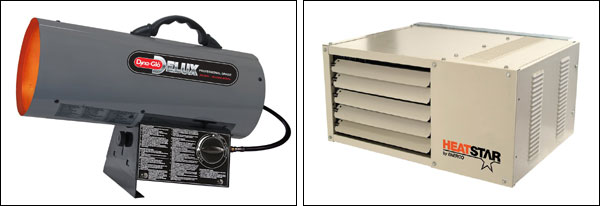
On the left is a Dyna Glo 30k-60k BTU adjustable liquid propane forced air heater, and on the right is an example of an overhead, ceiling mounted forced air heater.
Forced air heaters work much like your home’s furnace in that they heat and circulate warm air. They require both an electrical outlet and a fuel source (either natural gas, propane, or kerosene). You can buy portable units that sit on the floor of your garage like that bazooka shaped unit above, or you can go all out and have an overhead unit installed (like the unit in the article main image).
If you can afford it and if your garage isn’t super drafty, I recommend installing an overhead unit to run off the natural gas already coming into your home. You’re looking at about $500 for a 50,000 BTU unit (not including the installation), but once it’s done, it’s done. No tanks to replace, no giant bazooka on the floor, just heat any time you want it.
Of course, if you don’t mind dealing with propane tanks or kerosene, the floor models offer up a lot of BTU’s for not a lot of money. You can get the same 50,000 BTU from a kerosene model for under $200, and 70,000 BTU for around $250. That’s a lot of heat for not a lot of money.
As with all natural gas and propane heaters, ventilation is necessary for the obvious, safety reasons. Larger, overhead units will have a vent leading to the outside world just like your furnace does, but the floor units will not. So plan for that if you’re interested in a floor unit. In other words, crack a window, the garage door, or something. Don’t worry, it’ll still be warmer than with no heater at all.
Heating your Garage Gym – Infrared Radiant Heaters
Radiant heaters work differently than traditional forced air heaters. Rather than heating up the air and circulating that warm air around, radiant heaters actually heat up the objects and the people in its path. If you’ve ever stood under one of these heaters on an outdoor patio or something, you probably noticed how quickly it can become quite uncomfortable when you stand too close. That’s because it’s not the air that’s being heated, you’re being heated!
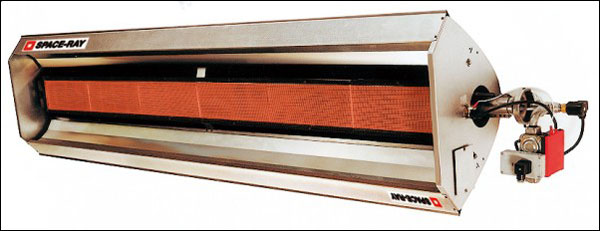
The high-intensity radiant heaters you see in commercial settings are generally not approved for residential use. Look for approved low-intensity radiant tube heaters for a garage setting.
One of the benefits of these infrared radiant heaters is that; because of how they radiate large concentrations of heat; the heat can be directed where it’s needed. That means you can point it in the direction of your workout space. Of course, all that concentrated heat can make for a tricky installation. Since the surface of these radiant heaters can be upwards of 1300 degrees F, they need to be a certain distance from other objects, including walls and the ceiling.
You’re unlikely to find a high-intensity radiant heater that is approved for indoor, residential use. Due to how hot they get and the lack of built-in ventilation, they are just not appropriate for a close garage. However, there are low-intensity models that can be safely installed and operated in a closed garage.
The low-intensity radiant heaters for homes are usually referred to as radiant tube heaters. While technically not as hot as their high-intensity counterparts, they still produce a lot of concentrated infrared heat. Matter of fact, the word is that the heat generated by the tube heaters is very uniform and comfortable, so that’s a plus.
Tube heaters are closed systems, so they are supposed to be easy to install and maintain. Of course, they still require a power source, fuel source, and ventilation, so I don’t know how that’s any easier than installing a forced air system.
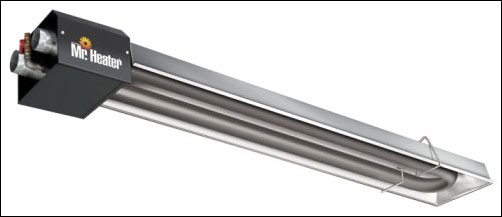
This Mr. Heater 45,000 BTU Propane Low-Intensity Radiant Tube Heater will heat your garage, but it’s a bit more pricey than forced air heaters.
I think radiant heat is a good option if you’re planning on installing something permanent rather than using portable floor heaters. It’s probably a better option than forced air heaters if you have crappy or no insulation in your garage. Whichever you go with, I suggest hiring a professional HVAC tech to advise you on the best model and appropriate BTU rating, and to do the installation. Better safe than sorry!
Here is a video I found that does a very thorough job of outlining the difference in radiant heaters.
Heating your Garage Gym – Propane Convection Heaters
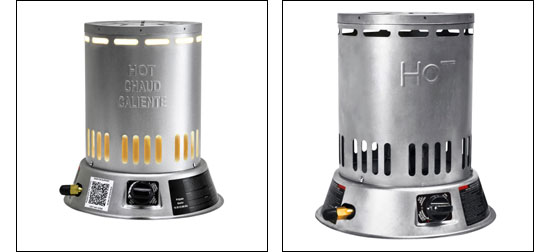
Convection heaters are your no-frills, inexpensive way to take the edge off the winter cold. Convection heaters are literally a propane-fueled, open flame in a giant metal can. In a way it’s really not much different than using a fireplace, though unlike a fireplace the heat isn’t being lost up and out the chute.
I use a 50,000-80,000 BTU adjustable propane convection heater myself (this one here). I leave it running for 15 minutes or so with the garage door cracked for ventilation. After that 15 minutes or so, I start my workout. About 5 minutes in, I’m already warm enough to turn it off and shut the garage door completely. It’s kind of loud, but it definitely gets hot. Oh, and they don’t require electricity.
Again, this is an open flame, propane heater. Never leave it unattended! Treat it like you would a gas grill. Matter of fact, treat it with even more respect than you would treat a grill because you’ve got it in your garage, not outside.
Small Portable Radiant Heaters
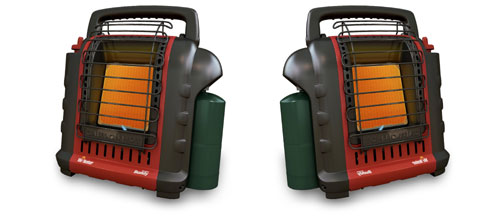
There are a lot of small radiant heaters that I saw both online and in the stores. They still use propane and have a little fan to move that heat around, but the BTU ratings were all generally pretty low; like 4000-9000 BTU. I doubt that they do much to warm up a cold gym, but I suppose you could put it near your workout space and at least use it to keep your hands warm.
The Mr. Heater model in the picture above uses the small 1-pound propane tanks, and can also be connected to any large propane tank by use of the standard connector hose. This heater has a crap load of great reviews so it must perform well for its size, but I don’t think a unit this small is a solution for a cold gym though. There is also an 18,000 BTU model, but still a bit small for a frozen garage.
If you have one of these and think it could be a solution for a frozen garage gym, leave a comment. They are very inexpensive so it would be neat if they worked well.
How Many BTU Do I Need?
The amount of BTU (British Thermal Units) you will need to heat your garage will obviously vary by region, level of insulation, ceiling height, and other factors. As a general rule, what I keep seeing is that you’ll want about 50,000 BTU to heat a standard 2-car garage using a forced air heater, and about 30,000 for low-intensity infrared tube heaters. For convection heaters, based on my own experience, I would say you would want at least 50,000 BTU to take the edge off.
What do you think?
Again, I’m not an HVAC expert, so I welcome any and all corrections, feedback, and input from those qualified to give said input. If you’ve used any of these products or even a different product with great success and you’d like to share that, please do. Comments are always on at Garage Gyms.
Additional Reading!
- Family Handyman – How to Heat a Garage
- Family Handyman – Best and Worst Garage Heaters
- Re-Verber-Ray – Types of Infrared Heaters
- Reddit /r/homegym – Garage Gym Heating Discussion
- CrossFit Forums – Garage Heating Discussion
Update 2016
I have since installed a mini-split in my garage that also features a heat pump. With the heat pump feature of this AC unit, I can turn it on about 30-60 minutes before my workout and walk out into a a fairly warm gym. Just like with my old propane heater, I have to turn the thing off because it gets too hot. That’s a good problem to have, wouldn’t you say?
Mini splits are expensive; about $1200 before installation; so it’s not for everyone. That said, I get AC in the summer and heat in the winter. I don’t like not working out and blaming it on the weather, and I don’t like working out in extreme conditions, so it was worth the investment to me.
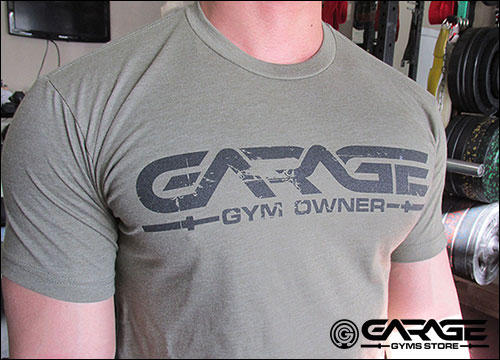

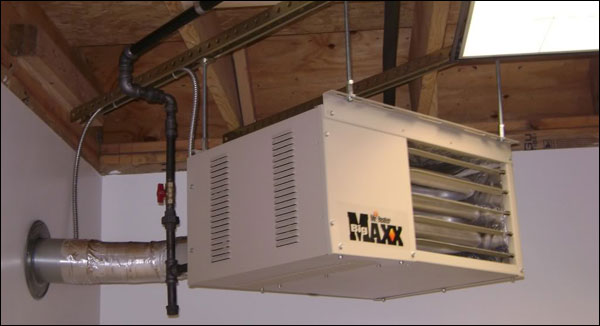

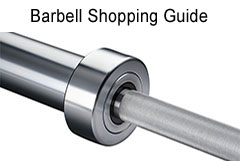
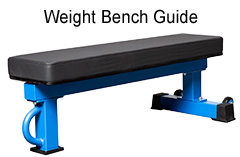
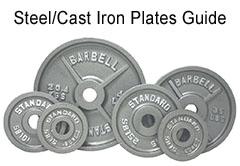
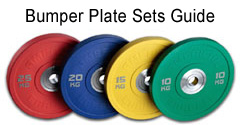
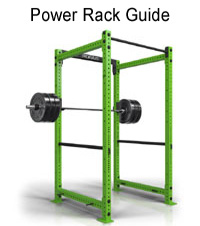
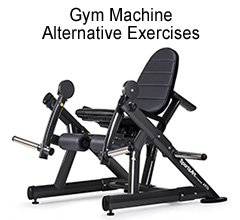

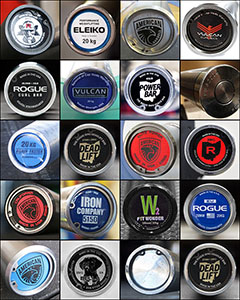


Okay, here I can say, you’re really complicating and making it very expensive at the same time.
An air/air heat pump (practically a high end split air conditioner) is cheap, some 1.400$ installed, it heats the space in no time, and emits cca. 4.5kw heat/1Kw electricity consumed. Therefore it’s very economical to run.
Plus it cools in summer months. :D
http://www.mitsubishielectric.com/bu/air/products/room_air/mszf01.html
Funny you should say that, I’m having a mini split installed here soon, although not for the heating. We’ll see how well this thing heats though. Incidentally, splits are far less common in the states, and even for a 1 ton, I’m looking at anywhere from $2500-3500 professionally installed. So I wouldn’t say it’s “cheap”, but I’m pretty damn tired of the heat in the summer so I think it’s a worthwhile investment. And if it heats better than my propane fire, so much the better.
1.The installation cost is the same, whether you take a cheap or a premium model. One has to drill a hole through the wall, connect the copper tubing and bring an electrical wire to the unit.
2.A huge difference is in how a premium model works compared to a common market model (this speaking about the same established brand, not some over the bank stuff).
a.noise of the outside unit
b.heating with low outside temperatures
c.defrosting of the outside unit
d.power consumption
3.A premium model with 3,5kW cooling and 4kW heating can control the climate in a 40m² room; now, a house is better insulated than a garage, however you’re not going to heat to 23°C while training. The biggest problem is around freezing, cause defrosting. At -6°C it heats such a 40m² room to 23°C.
4. Best models, tried out in Europe and Japan are:
Mitsubishi Electric MSZ-FH35VE/MUZ-FH35VE (inside/outside unit code); price 1.200€ (that is 1.350$); with installation is 1.350€ (drilling through a massive wall).
Hitachi Premium RAC35WSB/RAK35PSB; 1.300€.
Toshiba Daisekai 8; 1.500€.
The prices in Japan are something lower; so I doubt the units cost more in US.
Hey quick question! What about best cooling options?
Thanks a mill!
Earlier this year, after many years of trying to use fans to stay cool, I had a mini split installed in the garage. I’m in Texas and there really was no other solution. People in hot and dry climates can use swamp coolers, but even though they do cool the air, I have to think that the can mess up equipment since they introduce so much moisture, but I’m not sure. Humidity levels are too high in Texas for them to work well. Air conditioning is the only real way to cool a garage. Fans just blow around hot air. It’s better than nothing, but not much better!
How is the split ac working for you? I’m in DC where it’s also very humid in the summer and very cold in the winter (anywhere between low 20s to 30s).
Some of the best money I ever spent. Gets used as an AC way, way more often than a heater, but the heat pump feature is definitely worth having even in Texas.
Awesome article, hopefully I can send this to some friends with the intensive of free drinks and maybe I’ll get some work done. Thanks a bunch!
What do you think about having a wall (Gas) radiant heater with a floor fan up by the ceiling to blow the hot air collected up there to blow it back to the lower half of the garage.
If I understand radiant heaters correctly, the fan wouldn’t really help because of how they work. I could be wrong here, but my understanding is that radiant heaters actually heat objects in their path (including us). The air is mostly unaffected.
Maybe I misspoke. I was putting away some boxes up on shelves at the top of the garage. And it was hot up there. So maybe the heater isn’t a true radiant heater. I just thought I could blow the hot air that is at the top of the garage with a floor fan that I’ll need in the summer back down to the floor and hope it warms it up a bit better than it is now and avoid having to pay for a furnace.
Oh I see. Yeah I’m not so sure. I probably wouldn’t invest anything in trying. It’s not easy to warm up an un-insulated room like a garage without some form of direct heat, and other than propane convection heaters, there isn’t really a super affordable way to do that.
The garage is insulated with R12 and plywood and Sheetrock. We’re in Utah, so morning temps 0-8. It isn’t so cold, only when I hold the bar. the bars are freezing. So, would getting one of those portable propane heaters get it warm enough, I’ve thought of installing a small furnace type at the cieling, but any help you could give would be appreciated.
Yeah that’s a tough one… the bar is the worst part about going out in the cold. If you’re not using any heat source at all and just relying on the insulation to keep it from being as cold as it is outside, I’d imagine that anything you did to bring the temperature up some would help with the bar. It’ll still be cold to the core when you start, but at least not as bad.
We bought a new house this year and we are coming into winter and this is my first workout area in a detached garage, I already have a Propane Convection Heater and was going to use that and a floor fan to circulate the heat. you mention cracking a window, should I crack an upper window or should I crack the garage door a few inches? are the gasses I’m trying to vent heavy (close to floor) or do they rise with the heat? Didn’t know if you knew the answer.
I found just cracking the door helped plenty. I don’t even have a window in the garage so I didn’t really have a choice. Propane burns pretty clean anyway, and also unless you have a lot of cold air working its way back in somehow I think you’ll find that you’ll be turning it off long before your workout even ends. When I used mine years back it got way too hot if left on too long. But yeah, either the window or cracking the garage door will work.
For under $200 you can buy a garage door insulation kit and knock 10 to 15 degrees from the outside temps. This will give you more bang for your buck regardless of the heating/cooling option you choose.
Thanks, looks like I can pick up a kit from homedepot.com for about 70 bucks!
I recently had the NewAir G73 heater installed in my garage and absolutely love it. Granted my garage is only about 260 SQ feet, but I turn on the heater 1/2 an hour prior to working out and once it gets to 50 degrees I turn back the thermostat and it will click back on when it gets below 50 degrees. We have found that 50 degrees is perfect once we start lifting
Yeah it doesn’t take much heat to take the edge off a cold garage, and if you leave the heater on too long it gets uncomfortable really quick. I have a mini split with a heat pump and I basically do the same thing. Start it a half hour to an hour early and it’s completely off usually 15 minutes into workout.
I added one of the Mr Heater Bullet Propane heaters and leave it on for 10 – 20 min, and with the wall heater, it seems to get the garage to about 50 deg. I don’t have a thermostat, but it seems to get the garage to a decent temp. I only have refil the propane ever so often and make sure I get good air and not leave the propane heater on too long.